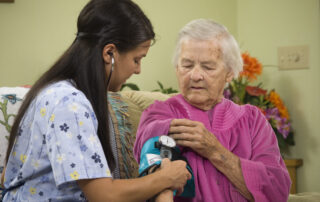Women Gain Jobs in Construction Trades but Remain Underrepresented in the Field
Between 2017 and 2018, the number of women working in construction trades increased by 17.6 percent, rising to well over a quarter of a million women (276,000).[1] This is substantially higher than job growth of 3.7 percent in construction occupations overall.









